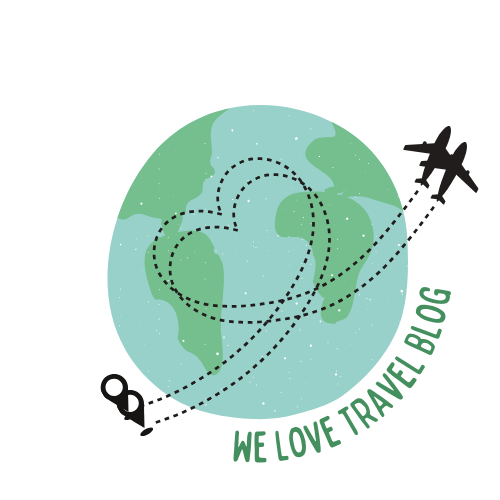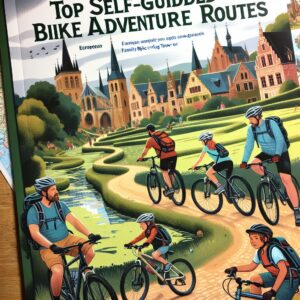
Key Takeaways
-
Family-friendly cultural festivals offer immersive experiences that are educational and enjoyable for all ages.
-
When choosing a festival, consider accessibility, activities for different age groups, and cultural learning opportunities.
-
Plan your visit to coincide with festivals that align with your family’s interests and when the weather is comfortable.
-
Some top recommended festivals include Holi in India, the Lantern Festival in China, and the Albuquerque International Balloon Fiesta in the USA.
-
Prepare for the festival by packing essentials, discussing cultural norms, and planning for safety and dietary needs.
Globe-Trotting with the Whole Family
Traveling with the family isn’t just about finding destinations that cater to young ones or the elderly; it’s about creating experiences that will be cherished by everyone, regardless of age. Cultural festivals are the perfect opportunity to do just that. They are not merely events; they are vibrant, living classrooms where tradition and celebration collide, creating a perfect backdrop for family bonding and education.
Why Cultural Festivals Are a Must for Family Trips
Attending a cultural festival can be one of the most enriching experiences for a family. It’s a chance to step outside of the everyday and plunge into a world of color, music, dance, and tradition. These festivals provide a gateway to understanding different cultures, learning about history, and seeing the world through a new lens. More than that, they’re fun, and they often offer something for everyone, making them ideal for families traveling with multiple generations.
Discovering Festivals that Captivate All Ages
When we talk about festivals that captivate all ages, we’re looking for events that offer a variety of activities. From interactive workshops for the kids to culinary delights for the foodies, and traditional performances that mesmerize young and old alike, the best festivals are those that leave every family member with a story to tell.
Let’s set the stage for an unforgettable family adventure.
Setting the Scene for Family Adventure
What to Look for in a Family-Friendly Festival
Choosing the right festival for your family adventure is key. Here’s what to keep an eye out for:
-
Accessibility: Easy access for strollers and wheelchairs is a must. Look for festivals that are accommodating to all family members.
-
Variety of Activities: Ensure there are enough diverse activities to keep each family member engaged. This includes interactive zones for kids, relaxation areas for grandparents, and maybe a shopping or food market for the parents.
-
Educational Value: Festivals should offer learning experiences, whether through guided tours, workshops, or informative displays.
-
Safety: A secure environment is essential. Check for festivals that have a good reputation for safety and offer facilities like first-aid stations.
Once you’ve got a festival in mind, it’s time to consider the best time to go.
When to Plan Your Festival Visit
Timing is everything. You’ll want to consider several factors:
-
The weather is crucial, especially if you’re traveling with young children or elderly family members. Aim for a time of year when the climate is mild.
-
Check the festival schedule to see which days offer the most appealing events for your family.
-
Consider the crowd size. Some festivals might be too overwhelming for very young children or older family members if they’re too busy.
With these considerations in mind, let’s explore some of the top cultural festivals around the world that are perfect for families.
Top Cultural Festivals for Every Family
1. Holi Festival, India: A Kaleidoscope of Color
The Holi Festival is a vibrant celebration that marks the arrival of spring. Known for its iconic color throws, it’s a playful and joyous event that children and adults alike can enjoy. The festival is not only about fun but also signifies the triumph of good over evil, making it a profound cultural experience.
However, if you’re planning to attend Holi, keep in mind:
-
The colors used can stain, so wear old clothes.
-
It’s a very tactile festival, so prepare your little ones for the sensory experience.
-
Find a family-friendly event that is safe and not too crowded for a more enjoyable experience.
Next, let’s journey to China, where another festival lights up the sky.
2. Lantern Festival, China: Lights in the Night Sky
The Lantern Festival is celebrated on the fifteenth day of the first Chinese lunar month. It marks the end of the Chinese New Year celebrations with beautifully lit lanterns, lion dances, and traditional foods. It’s a magical experience for children, who can participate in lantern making and watch the night sky come alive with lights.
And let’s not forget the Albuquerque International Balloon Fiesta in the USA, a visual spectacle for all ages.
3. Albuquerque International Balloon Fiesta, USA: Up, Up and Away
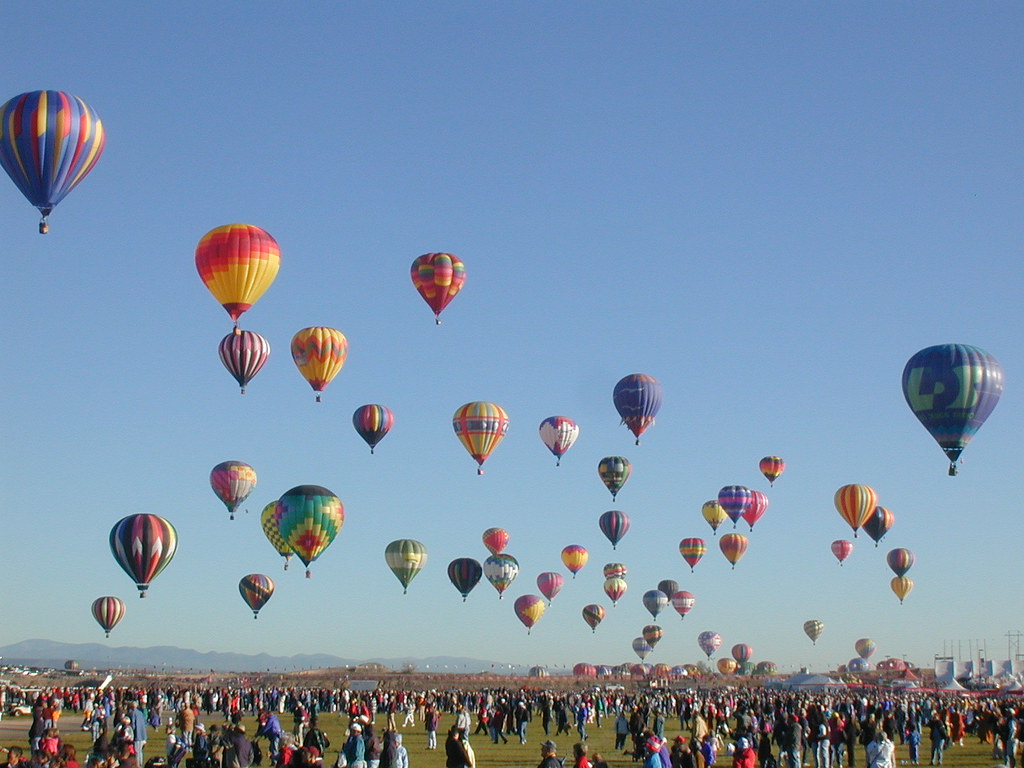
“2002 Albuquerque International Balloon …” from www.flickr.com and used with no modifications.
Imagine the wonder in your child’s eyes as they watch hundreds of balloons take to the skies. The Albuquerque International Balloon Fiesta is a week-long event that offers breathtaking balloon ascensions, night glows, and interactive exhibits. It’s an awe-inspiring event where the whole family can marvel at the beauty of flight.

“Albuquerque New Mexico Hot Air Balloon …” from www.rawpixel.com and used with no modifications.
Remember:
-
Early mornings can be chilly, so dress in layers.
-
Bring binoculars for a closer look at the balloons.
-
Take advantage of the photography workshops offered during the festival.
These are just a few examples of the many festivals that can turn a family trip into an unforgettable adventure. In the next sections, we’ll delve into insider tips for festival fun, creating lasting memories, and more.
Moving on to a festival that transforms a city into a winter fairy tale, we visit the Harbin Ice and Snow Festival in China.
4. Harbin Ice and Snow Festival, China: Winter Wonderland
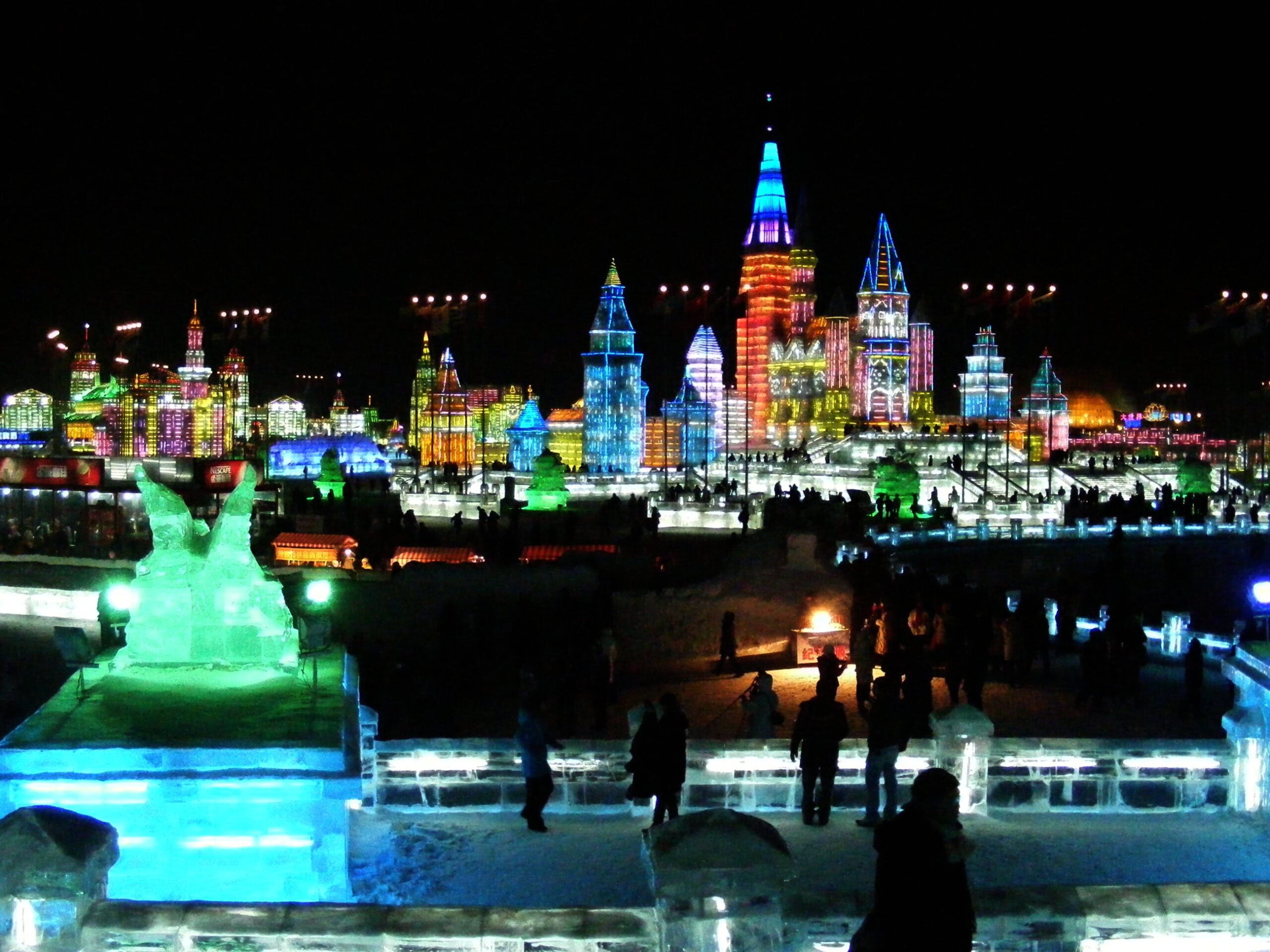
“Ice World festival in Harbin, China …” from commons.wikimedia.org and used with no modifications.
At the Harbin Ice and Snow Festival, artists and sculptors from around the world create an icy paradise filled with enormous, illuminated ice sculptures and snow figures. Families can wander through a sparkling glacial city, slide down ice slides, or take a sledge ride. It’s an enchanting experience that combines art with adventure, offering fun for every generation.
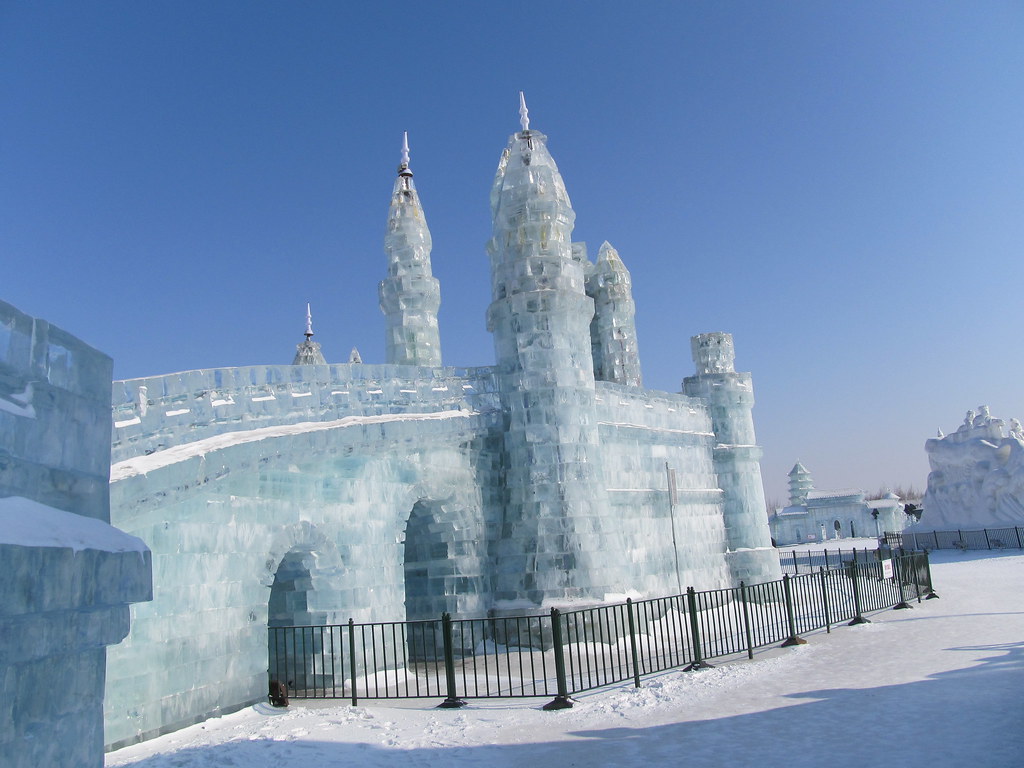
“Harbin Ice and Snow Festival 2013 | Ice …” from www.flickr.com and used with no modifications.
Keep in mind:
-
Bundle up—it’s cold out there! Thermal wear is essential.
-
Consider the time of day for your visit; the sculptures are particularly magical when lit up at night.
-
Check if there are any indoor heated areas where you can take a break from the cold.
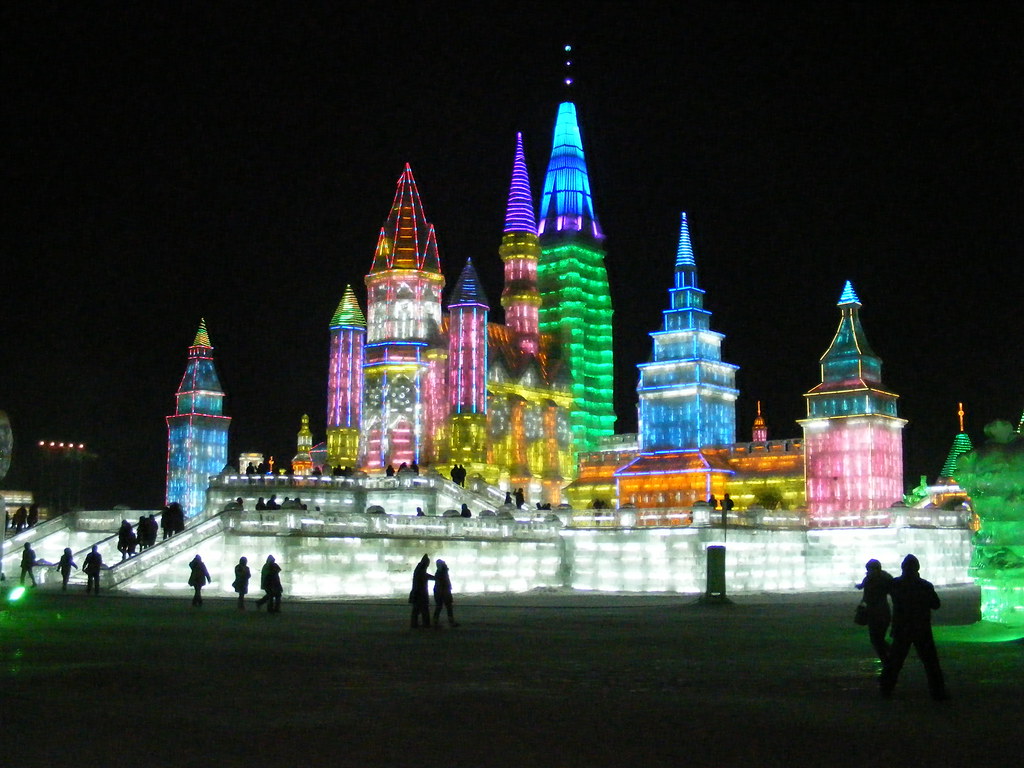
“Ice World festival in Harbin, China …” from www.flickr.com and used with no modifications.
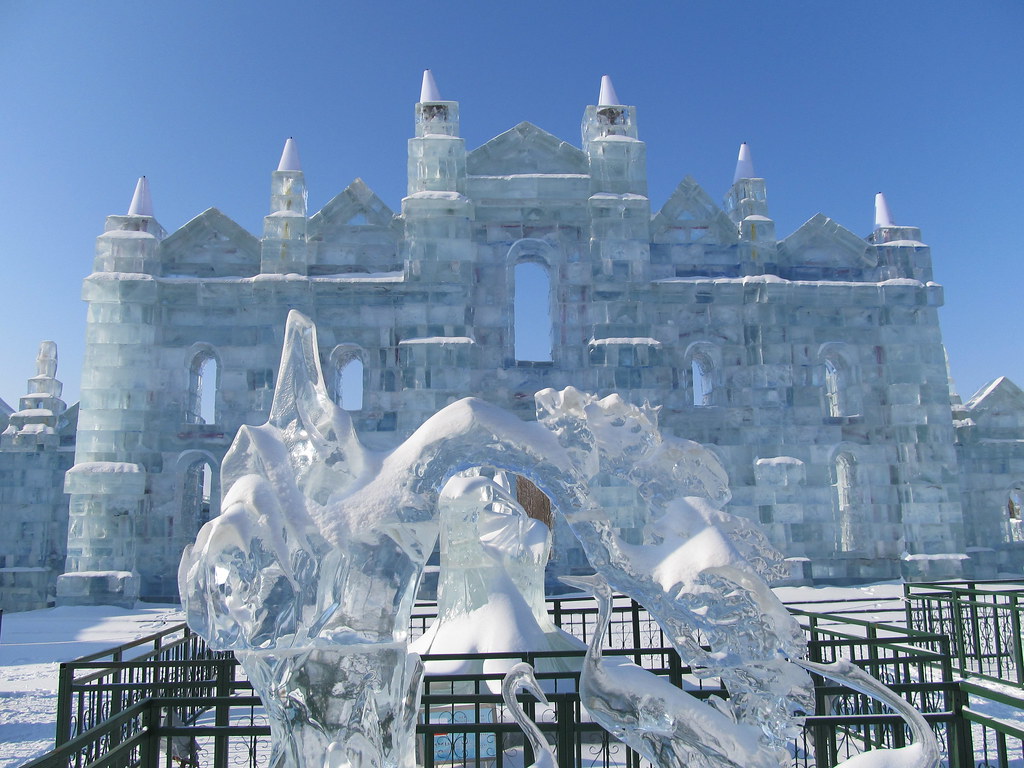
“Harbin Ice and Snow Festival 2013 | Ice …” from www.flickr.com and used with no modifications.

“Snow sculpture, Harbin International …” from commons.wikimedia.org and used with no modifications.
From the frosty marvels of China, we turn up the heat with the pulsating energy of Miami’s Calle Ocho Music Festival.
5. Calle Ocho Music Festival, USA: The Rhythms of Miami
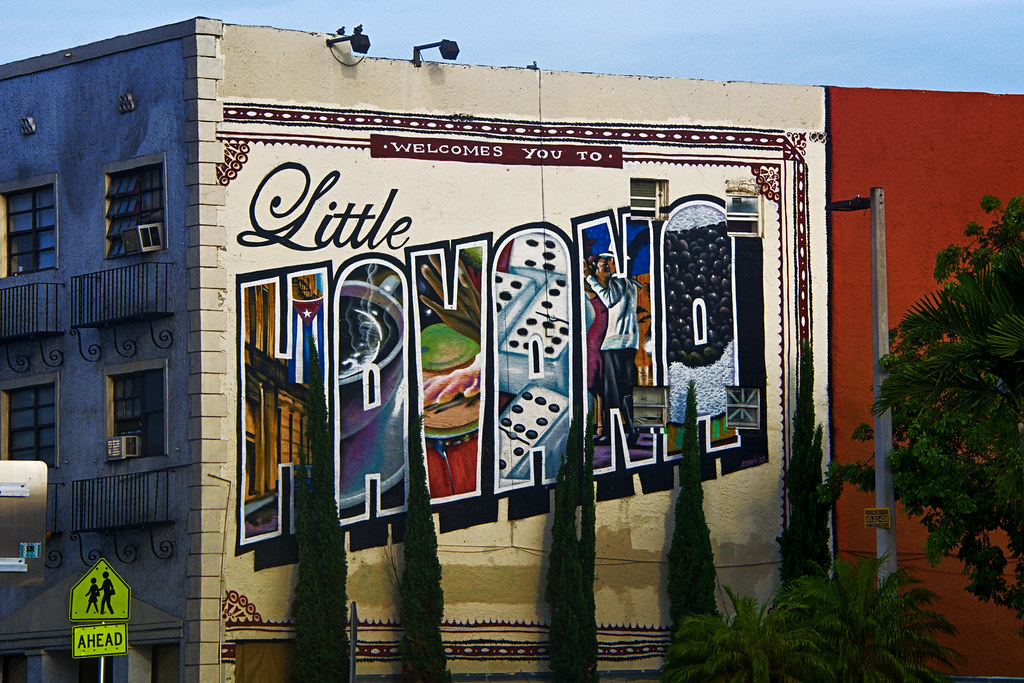
“Little Havana (Spanish …” from www.flickr.com and used with no modifications.
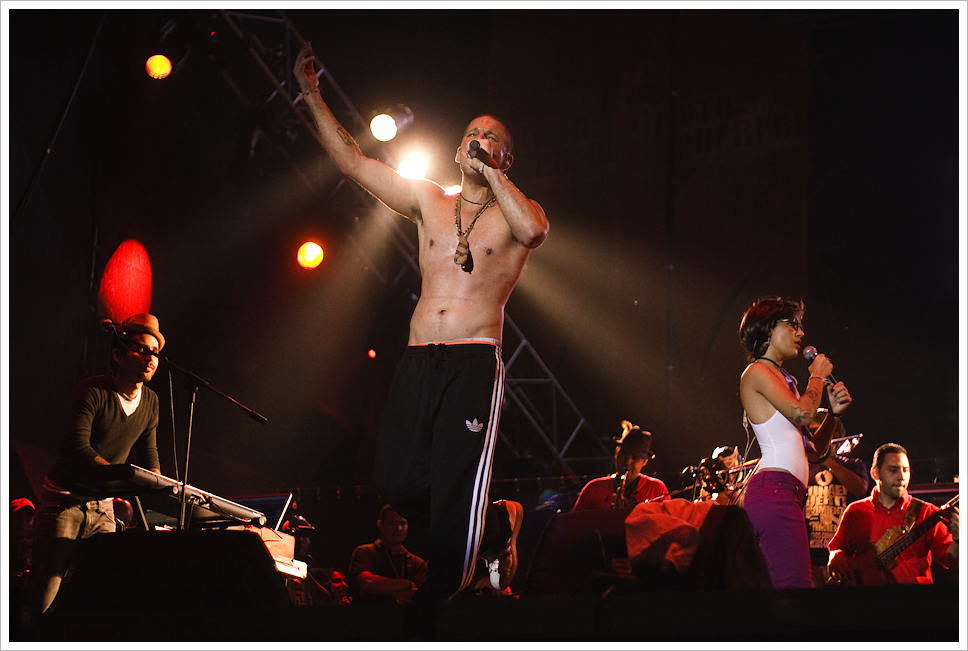
“Calle 13 (band) – Wikipedia” from en.wikipedia.org and used with no modifications.
The Calle Ocho Music Festival is a one-day fiesta that’s part of the larger Carnaval Miami. It’s the perfect place to introduce your family to Latin music, food, and dance. With multiple stages featuring live performances and streets lined with vendors, it’s a lively environment where even the grandparents will be tempted to salsa.
And to ensure your family enjoys these festivals to the fullest, here are some insider tips:
Insider Tips for Festival Fun with Kids and Grandparents

“MI4L jets to Miami to unearth 5 groovy …” from www.musicis4lovers.com and used with no modifications.
Whether you’re dancing at Calle Ocho or marveling at balloons in Albuquerque, a little preparation goes a long way.
Packing Essentials for a Day at the Festival
Packing smart can make or break your festival experience. Here’s what you should bring:
-
Water bottles to stay hydrated.
-
Snacks that cater to everyone’s dietary needs and preferences.
-
First-aid kit for any unexpected scrapes or bruises.
-
Portable seats or blankets for when the little ones or grandparents need a rest.
-
Sunscreen and hats for daytime events, and warm clothing for night festivals or colder climates.
Next, let’s talk about navigating crowds.
Navigating Crowds and Keeping the Family Together

“Gente Reunida Cerca Del Dosel · Foto de …” from www.pexels.com and used with no modifications.
Festivals can be crowded, and it’s easy to get separated. Therefore, it’s crucial to have a plan:
-
Set a meeting point in case anyone gets lost.
-
Make sure everyone has a copy of the festival map and schedule.
-
Use wristbands or lanyards with your contact information for younger children.
-
Discuss a clear plan with your family about what to do if you get separated.
With safety and preparation addressed, let’s focus on creating memories that will last a lifetime.
Creating Lasting Memories and Traditions
One of the greatest joys of family travel is the memories you create together. Festivals, with their vivid imagery and shared experiences, provide a perfect backdrop for those unforgettable moments.
A fantastic way to remember your trip is by collecting memorabilia, such as festival programs, tickets, or small souvenirs. Not only do they serve as physical reminders of your time together, but they can also become part of family storytelling and traditions.
And speaking of memories, capturing the moment is essential.
Capturing the Moment: Family Festival Photos
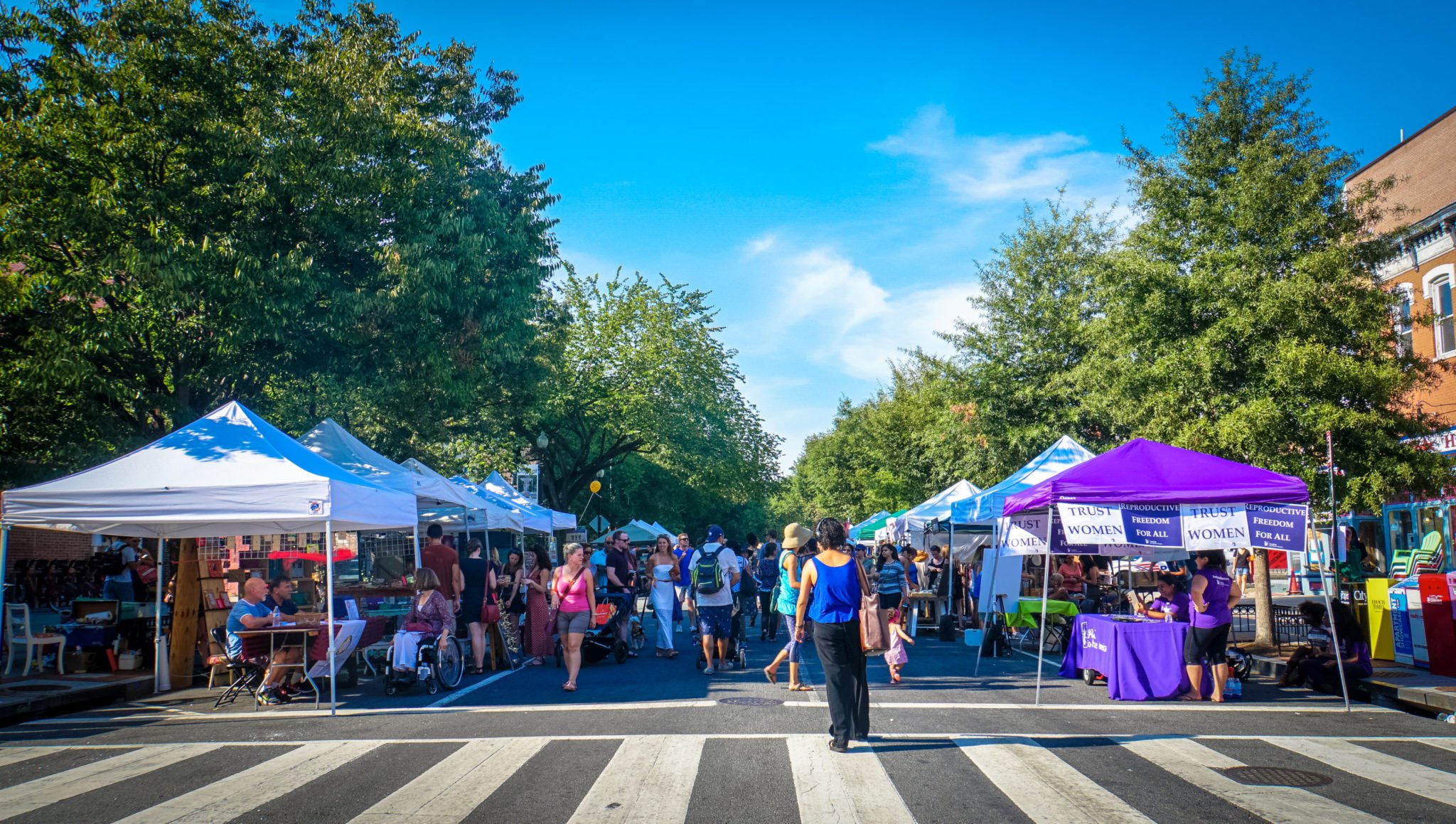
“in DC This Weekend: Festivals, Concerts …” from www.washingtonian.com and used with no modifications.
Photographs are timeless, and festivals offer countless photo opportunities. Here’s how to capture those moments:
-
Take candid shots of your family enjoying the festival.
-
Look for photo spots set up by the festival organizers.
-
Consider investing in a portable instant printer to have physical photos on the spot.
After the festival is over, keeping the spirit alive is important.
Post-Festival Activities: Keeping the Spirit Alive
Once you return home, the festival fun doesn’t have to end. Engage in post-festival activities to extend the joy:
-
Create a scrapbook with your memorabilia and photos.
-
Host a dinner where you cook dishes inspired by the festival’s cuisine.
-
Share stories from the festival with friends and extended family.
These activities not only keep the memories fresh but also help instill a love for travel and culture in your children.
Traveling together as a family is an enriching experience that becomes even more meaningful when it involves learning about new cultures. Festivals are a unique opportunity to teach children and young adults about diversity and respect for different ways of life. Sharing these experiences with grandparents adds a layer of depth, as they can provide historical context and personal anecdotes.
Teaching and Practicing Respect During the Festival
Before attending any cultural festival, it’s important to have a conversation with your family about the significance of what you’re about to experience. Explain the traditions and customs, and why it’s important to show respect. During the festival, lead by example; participate politely, clap after performances, and encourage your children to ask questions respectfully.
Frequently Asked Questions (FAQ)
Here are some of the most common questions families have when planning to attend cultural festivals:
What are the best festivals for young children?
Young children often enjoy festivals with visual spectacles and interactive activities. Festivals like the Albuquerque International Balloon Fiesta or Japan’s Sapporo Snow Festival, which feature large, colorful displays and opportunities for hands-on fun, are excellent choices. Look for festivals with dedicated children’s areas, such as Kidsville at the Joshua Tree Music Festival, which offers crafts, music, and storytelling.
How do you manage dietary restrictions at cultural festivals?
Managing dietary restrictions at festivals requires a bit of planning. Research the food options beforehand, and don’t hesitate to contact festival organizers if you have specific concerns. Always bring along snacks that meet your family’s dietary needs, and if possible, sample the local cuisine by choosing dishes that are safe for everyone to enjoy.
For families with severe allergies, it’s wise to pack meals or identify safe dining options in advance. Also, carrying allergy cards in the local language can help communicate your needs to food vendors.
What safety measures should we consider at a large festival?
Large festivals can be overwhelming, so it’s important to prioritize safety:
-
Have a plan in case you get separated, including a meeting spot and a way to contact each other.
-
Make sure children have identification on them with your contact information.
-
Teach your children to look for festival staff or security if they need help.
-
Keep a close eye on your belongings to prevent theft or loss.
By preparing and discussing these safety measures in advance, you can ensure a more relaxed and enjoyable festival experience for the whole family.
Are there festival experiences that cater specifically to teens?
Yes, many festivals offer experiences that cater to teens. Look for festivals with contemporary music performances, technology exhibits, or sports activities. Festivals like South by Southwest (SXSW) in Austin, Texas, combine music, film, and interactive media, which can be highly appealing to teenagers.
How can we incorporate educational elements into festival visits?
Incorporating education into festival visits is all about engagement:
-
Participate in workshops or demonstrations that provide hands-on learning opportunities.
-
Attend talks or guided tours that offer insights into the festival’s history and cultural significance.
-
Encourage your children to ask questions and interact with performers or artisans.
-
Follow up the festival visit with related books or documentaries to deepen the learning experience.
By making education a fun and interactive part of the festival experience, you help your children develop a lifelong love of learning and cultural exploration.
